People across the globe experience hair loss as a common issue which causes additional stress and lowers one’s self esteem. This can happen due to family genes, hormonal changes, or even some other health problems. Thankfully, with modern medical technology, there is an effective solution to this problem. One of them is Follicle Unit Extraction (FUE), which has been gaining popularity recently. If you are considering this treatment, particularly FUE hair transplant in Islamabad, then you might be thinking about how effective it is in the long term and if the results are lasting. Here’s what you need to know.
Understanding FUE Hair Transplant
A minimally invasive hair restoration procedure called FUE (Follicular Unit Extraction) typically involves the back or sides of a person’s head. Hair follicles are first extracted from the donor area and then transplanted to the bald or thinning portions of the scalp. Conventional strip harvesting methods, as contrast to FUE, involve removing a strip of skin from the scalp. Conventional strip harvesting methods, as contrast to FUE, involve removing a strip of skin from the scalp. FUE leaves behind a quicker recovery time and minimal scarring due to the extraction of follicles one by one as opposed to in bulk.
FUE has made remarkable changes to the trauma, precision, and refinement of hair transplant surgeries. This technique avoids making stitches or large incisions, leaving behind virtually no discernible scars. This feature makes it highly favorable for individuals yearning for a subtle way to cope with baldness.
Is FUE Hair Transplant Permanent?
One of the most significant concerns for anyone considering a hair transplant is whether the hair will remain for the long-term. Istanbul is not the only place where the FUE hair transplant is regarded as a long-term remedy for hair loss, though there are some notable exceptions to that claim.
This is why the results of FUE can be considered almost permanent:
- The Donor Area’s Resistance to DHT: The harvested follicles during an FUE procedure come from the posterior head regions that possess a biological resistance to dihydrotestosterone (DHT) . This hormone causes hair loss. Once transplanted, the follicles keep growing hair just as they did in the donor area. One of the main explanations for why results last is this.
- Healthy Growth After the Transplant: After the procedure, the transplanted follicles often enter a quiet phase called the resting phase. This is frequently called the shedding phase. They gradually start growing again after a few months. In a majority of cases, the hair will continue to grow freely and sustain its look for several years.
- Lifespan of Hair Follicles: The hair follicles that undergo FUE procedures are believed to have an identical life expectancy to the hair lying dormant in the donor regions. Thumb rule:these will stop growing after a certain number of years. They later enter a phase of gradual thinning or balding ,provided they are not subjected to external factors like diseases or hormonal changes.
However, the permanent nature of FUE hair transplant results is not without conditions. As the individual ages, natural hair thinning may still occur in areas where hair was not transplanted. While the transplanted hair itself will remain resistant to hair loss, the surrounding natural hair may continue to thin due to factors like aging, stress, or hormonal fluctuations.
Long-Term Outcomes: What to anticipate
Although FUE hair transplants usually have very positive long-term results, a number of factors may affect the outcome:
- Timeline for Complete Outcomes: The full effects of your FUE hair transplant will usually show up 12 to 18 months after the procedure, though you might see some early signs of hair growth in the first few months. The hair can settle, grow properly, and blend in perfectly with your natural hair during this time.
- Post-Surgery Care: Carefully following your surgeon’s aftercare instructions is crucial for the best long-term outcomes. To encourage healthy hair growth, this entails avoiding activities that could interfere with the healing process, shielding the scalp from the sun, and applying any prescribed drugs or topical treatments.
- Maintenance: FUE transplants are permanent, as transplanted follicles don’t fall out. However, some opt for follow-up treatments or medications to boost natural hair density.This is especially true for people who might eventually notice thinning in non-transplanted areas.
- Lifestyle Factors: Good practices that promote the long-term success of your hair transplant include stress management, regular exercise, and a healthy diet. Smoking, excessive alcohol use, and poor diet can all have an impact on your hair’s health and eventually degrade the results.
Why Choose FUE Hair Transplant in Islamabad?
The region’s talented surgeons and reasonably priced FUE hair transplants are the main reasons for its popularity in Islamabad. Islamabad is home to a large number of state-of-the-art hair restoration clinics. Patients from abroad travel to Islamabad for high-quality services at significantly lower costs than in other countries.
Affordable Costs: One major draw of getting an FUE hair transplant in Islamabad is its affordability. Unlike the high costs in the West, Pakistan offers lower rates without compromising on quality or expertise.
Experienced Surgeons: Several clinics in Islamabad have FUE hair transplant surgeons trained at reputable international institutions. Their expertise assures that you will get the most satisfactory results possible from the procedure.
Conclusion
Restates that an FUE hair transplant in Islamabad is an effective and lasting solution for hair loss concerns in people. For those considering hair restoration, the procedures offer several benefits, including restoring a natural appearance, minimal side effects, and long-term preservation. In this case, restoration also brings a boost in self-confidence. However, it’s important to remember that while transplanted hair is permanent, natural hair may continue to thin over time. Maintaining overall hair health and a healthy lifestyle remains essential. After the procedure, if looked after well, decades of having dense hair is achievable.





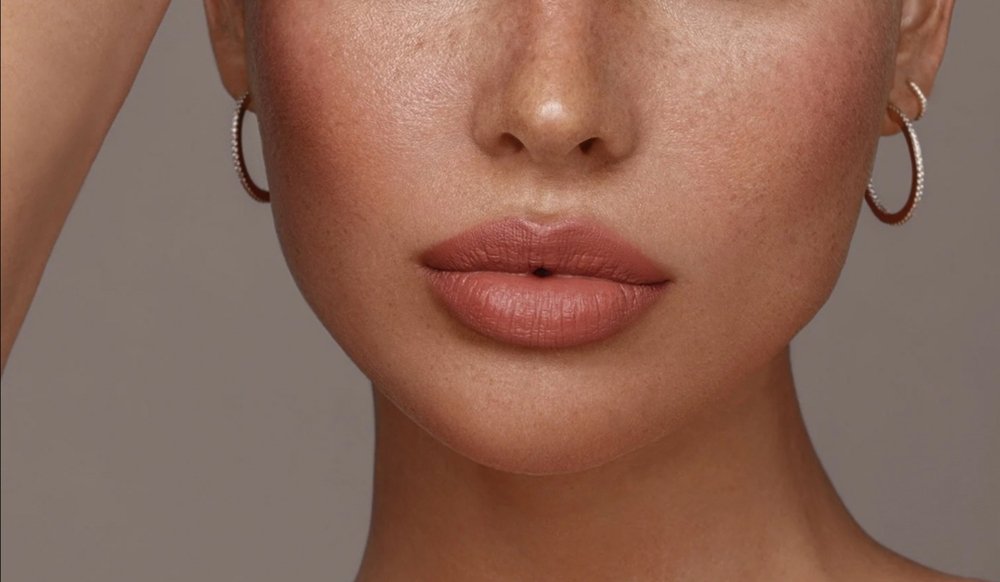
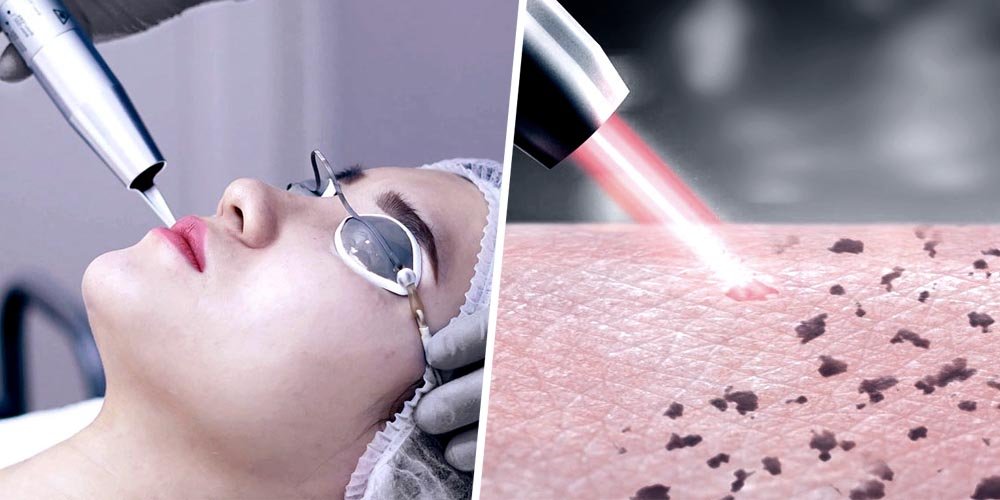


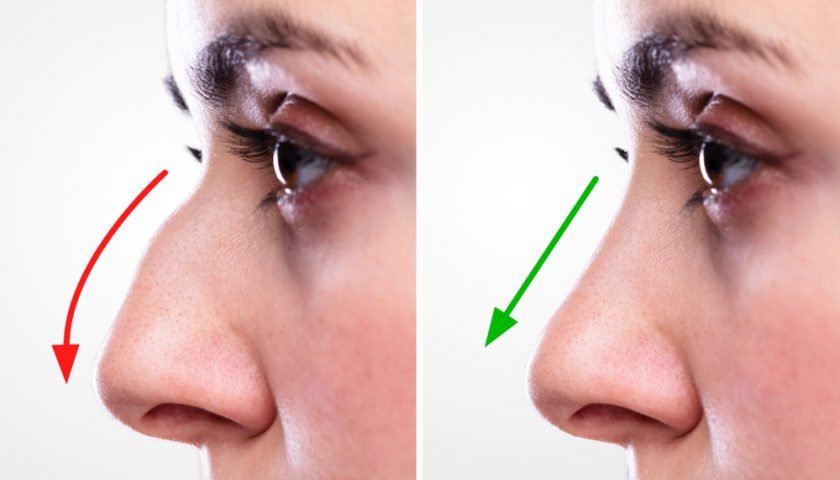
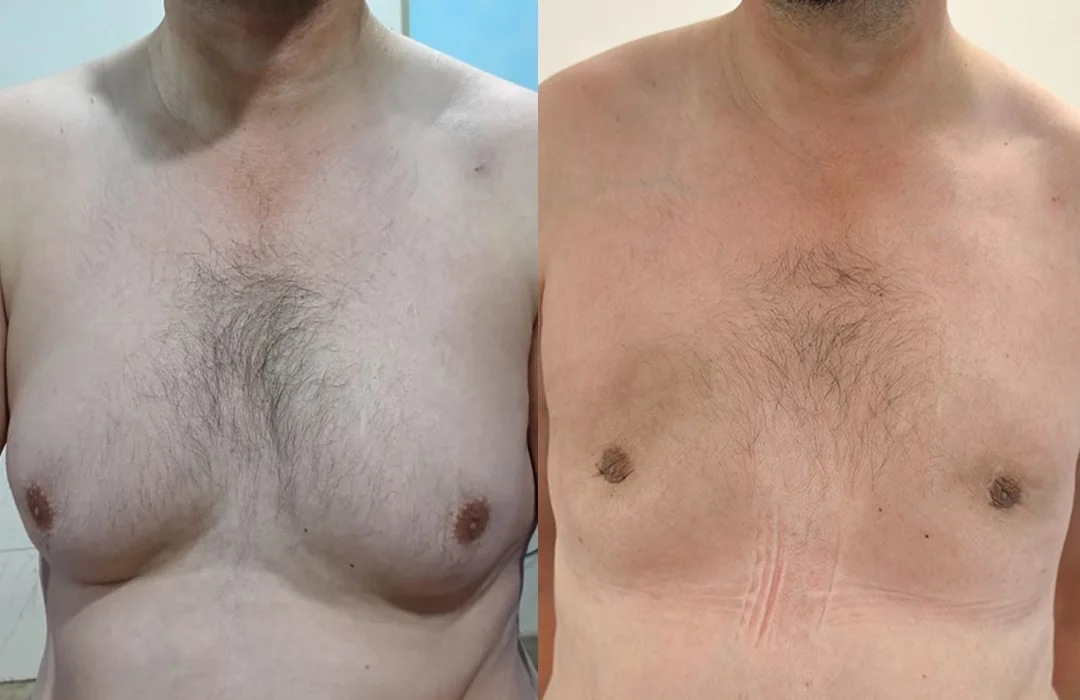


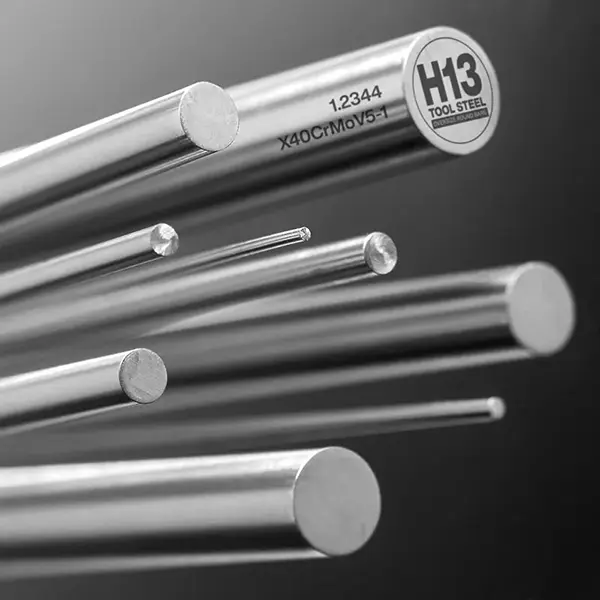


Leave a Reply